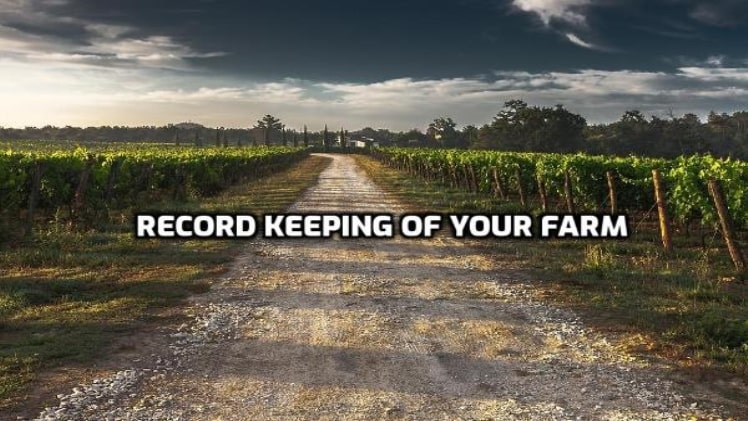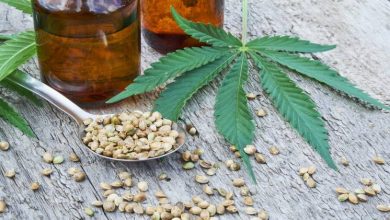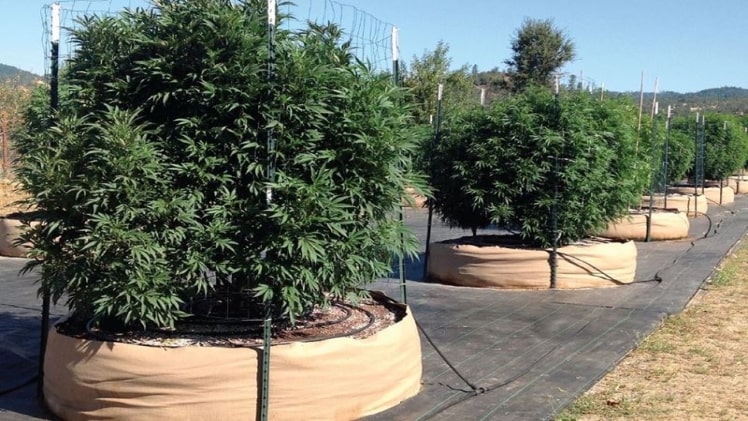
Why Keep Records?
If you are growing cannabis for the first time, and only for yourself, you might well ask, “Why keep records at all?” There are several reasons. Growing, and growing well, even with a few plants, is a continual learning experience. Because there are many steps involved, having a system to complete and record the steps decreases the chance that you will overlook some. And, if you grow once a year, it is especially easy to forget details of parentage, start dates, temperature variations—any of the minutiae of the garden.
Creating Strain Profiles
An important part of your grow book will be a profile of each strain group. If you are using clones, you will have the same name for each plant of an identified strain, as they are genetically identical. Some growers number each plant within the strain group—for example, White Widow 1, White Widow 2—and track their individual performance that way. This will give you valuable information about which spots are best in your outdoor grow or perhaps areas in your indoor grow rooms that need adjustment to the lighting or ventilation. The plants are going to act with variation, and your notes will help you figure out why.more info here att email login
Hybrids and Naming Plants
If you have bred from seed and created hybrids, the best way to keep track is to name each individual plant. Each is unique, unlike the clones. Ideally, their names will reflect what you know about the origins. If we go back to Pete’s seeds, let’s say you have germinated and raised ten seedlings to the point of sexing. You now have six females and four males. If you want the pollen, pick the strongest, healthiest male and isolate him. There is no need to name him; he is still “PPP,” but the year changes to the current grows.
Click here for more about MyReadingManga
Strain and Plant Profiles
The second section of your grow journal will be a profile of each strain, and if growing from seed, each plant itself. Note as much of the genetic information as you can, the date the seed tailed, the date of planting, the date the seedling came up, characteristics of the phenotype, dates bred and to which male, the date harvested, date clipped, final product weight, and performance evaluations (such as whether it lived up to its potential or exceeded it). Note some details about the taste, aroma, and psychoactive effect. If you bred the plant, note the appearance and number of seeds produced by the breeding.know more info Godaddy Email Login
Lastly Comment
At the end of the day, the simple recording of your plants’ life cycle will make you a much better grower. The more you note, the more you notice, and you will be training your eye to spot problems well before they are out of control. The outdoor grower will become much abler to evaluate plant sites and place plants for the best growth; the indoor grower will notice nuances of grow room performance that lead to more productive light placements or better feeding schedules. The plants will benefit greatly and will thank you by being beautiful, healthy, and productive.




